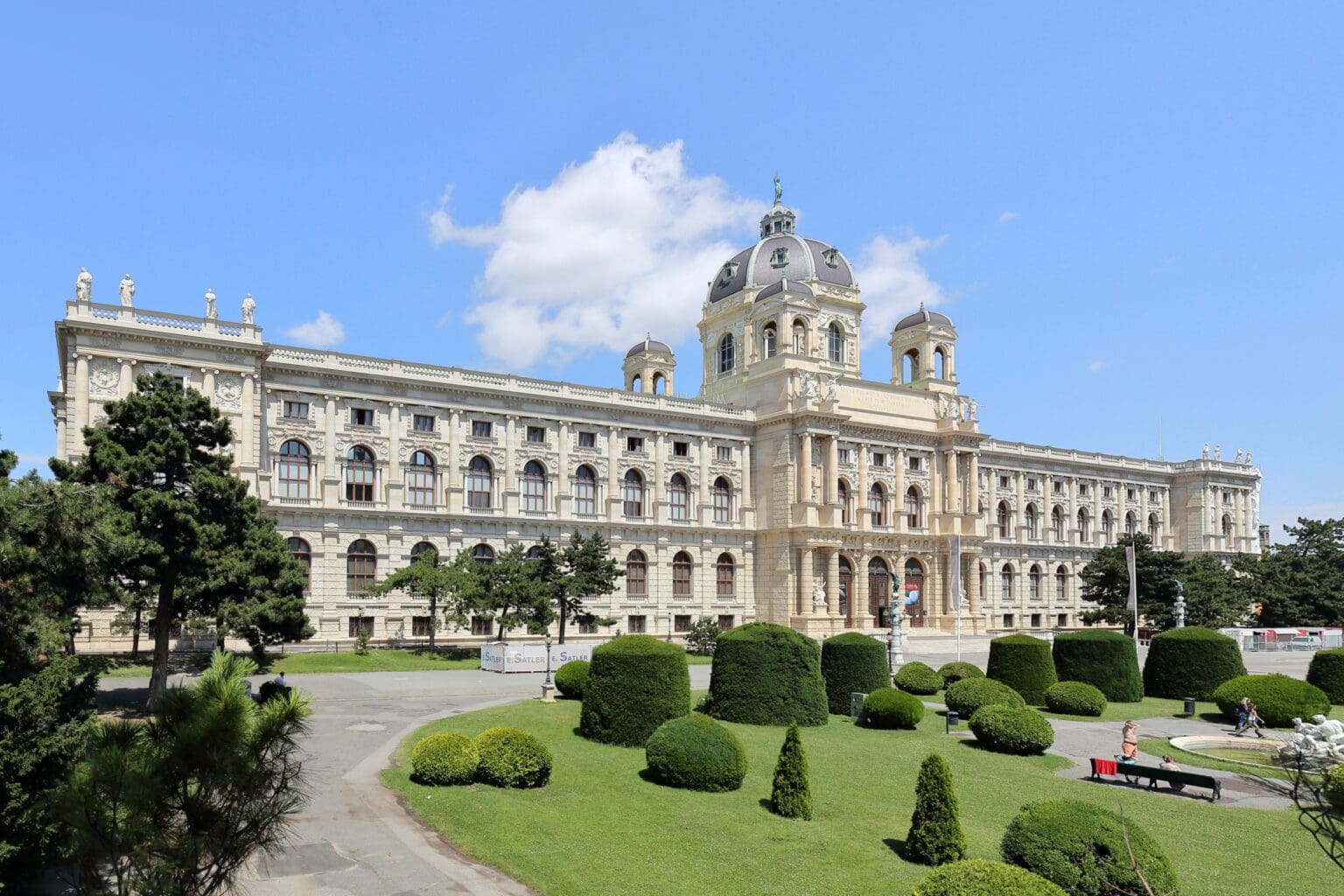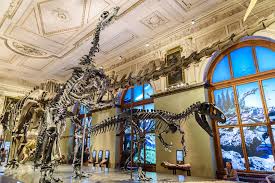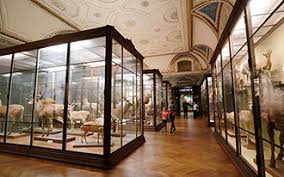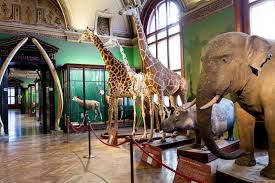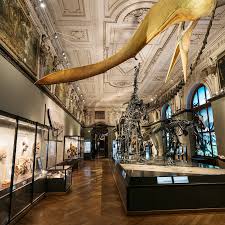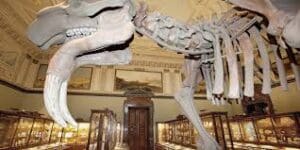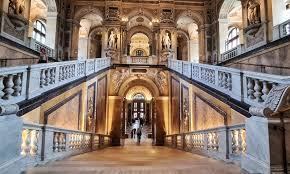Description
The Natural History Museum (Naturhistorisches Museum) in Vienna is one of the world’s most significant natural history museums, renowned for its vast scientific collections and striking architecture. Opened in 1889, it was built as a twin to the Kunsthistorisches Museum on Maria-Theresien-Platz, reflecting the grandeur of the Habsburg Empire. Its impressive neo-Renaissance façade, grand staircase, and ornate interiors set the stage for the treasures inside, making the museum as visually stunning as it is educational.
The museum houses over 30 million objects, spanning geology, paleontology, zoology, and anthropology. Highlights include the enormous dinosaur skeletons, the rare and exquisite Meteorite collection, and the famous Venus of Willendorf, a 25,000-year-old figurine considered one of the oldest representations of the human form. The Mineralogy and Gemstone collections showcase dazzling specimens from around the world, while the anthropological exhibits explore human cultures and biodiversity across centuries. These comprehensive collections make it a favorite for both researchers and families alike.
Today, the Natural History Museum Vienna continues to be a hub for scientific study and public education. Interactive displays, temporary exhibitions, and family-friendly activities ensure that visitors of all ages can engage with the wonders of the natural world. Located directly across from the Kunsthistorisches Museum, the pairing of the two institutions on Maria-Theresien-Platz allows visitors to experience both cultural and natural history in one of Vienna’s most iconic squares. A visit here offers a fascinating journey from the depths of prehistoric Earth to the complexities of human and animal life.
Location
-
Burgring 7, 1010 Wien, Österreich
